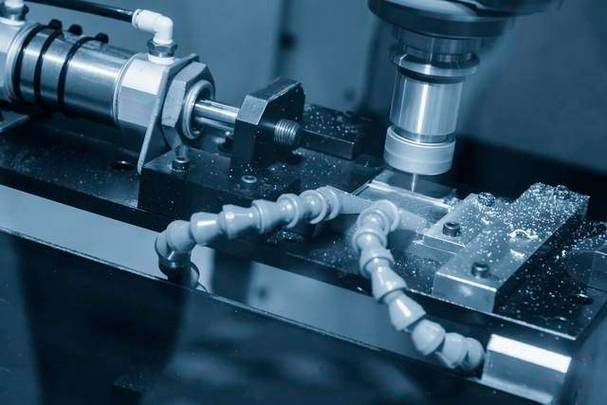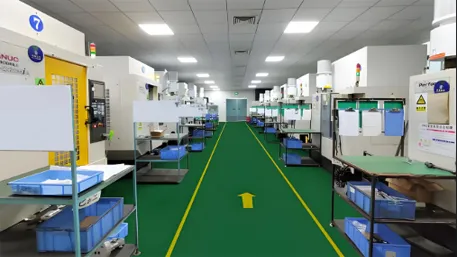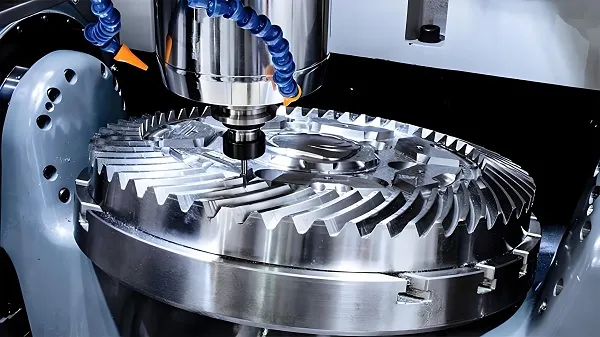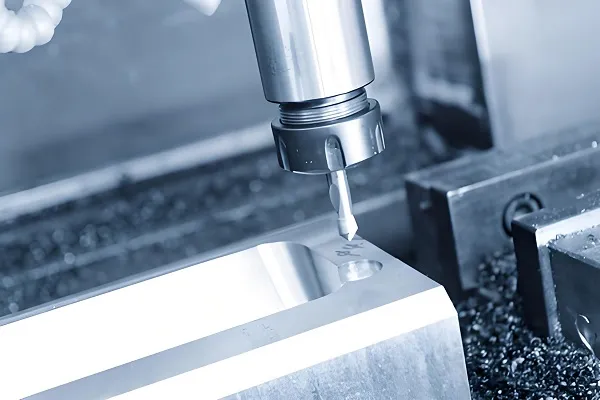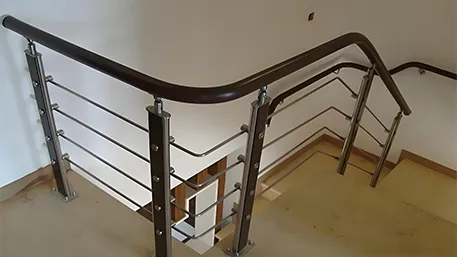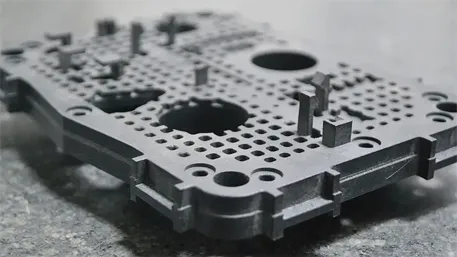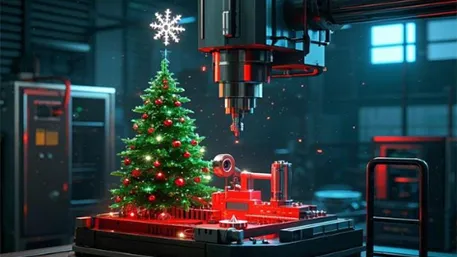No, CNC (Computer Numerical Control) is not outdated. In fact, it remains a foundational technology in modern manufacturing, continuously evolving to integrate advanced features like automation, AI, and IoT. While newer technologies (e.g., 3D printing) have emerged, CNC machining’s unique strengths in precision, material versatility, and scalability ensure its relevance across industries.
Why do claims of CNC being outdated exist?
Critics sometimes question CNC’s relevance due to:
- Rise of additive manufacturing (3D printing): 3D printing excels at complex prototypes and low-volume, intricate parts, leading some to assume it will replace CNC. However, 3D printing struggles with material strength (e.g., metals) and precision compared to CNC.
- Perception of “traditional” roots: CNC originated in the 1950s, leading to misconceptions that it is obsolete. In reality, modern CNC systems are vastly different from early models, with cutting-edge software and hardware.
- Cost and complexity: The high upfront costs and programming expertise required for CNC can make it seem less accessible than newer, user-friendly technologies (e.g., desktop 3D printers).
What advancements keep CNC relevant?
CNC technology has evolved significantly to stay competitive:
- Automation and robotics integration:
-
- Modern CNC machines often pair with robotic arms for automated loading/unloading of workpieces, enabling lights-out manufacturing (24/7 operation without human intervention).
-
- Systems like Fanuc’s FIELD system use AI to optimize toolpaths and predict maintenance needs, reducing downtime.
- AI and adaptive control:
-
- AI-driven algorithms adjust cutting parameters in real time (e.g., spindle speed, feed rate) based on sensor data, improving efficiency and reducing tool wear.
-
- Machine learning models analyze past performance to refine future operations, enhancing precision for complex parts (e.g., aerospace components).
- 5-axis and multi-axis machining:
-
- Advanced CNC machines with 5+ axes can produce intricate 3D geometries in a single setup, eliminating the need for multiple operations. This rivals 3D printing’s complexity while maintaining superior material properties.
- IoT connectivity:
-
- CNC systems now connect to cloud platforms for remote monitoring, allowing managers to track production metrics (e.g., cycle times, error rates) from anywhere. This data-driven approach optimizes workflows and reduces waste.
- Hybrid machining:
-
- Some CNC machines integrate additive and subtractive processes (e.g., 3D printing a near-net-shape part, then CNC milling to final dimensions), combining the best of both technologies.
What industries still rely heavily on CNC?
CNC remains irreplaceable in sectors requiring precision and material strength:
- Aerospace: Machining turbine blades, engine components, and structural parts from high-strength alloys (e.g., titanium) demands CNC’s tight tolerances (±0.0001 inches).
- Automotive: Mass-producing engine blocks, gears, and chassis parts relies on CNC’s speed and repeatability—critical for high-volume, consistent quality.
- Medical devices: Producing implants (e.g., spinal screws) and surgical tools requires CNC’s precision and ability to machine biocompatible materials (e.g., stainless steel, ceramics).
- Defense: Manufacturing armor, weapons components, and radar parts depends on CNC’s ability to work with tough materials like hardened steel.
How does CNC complement newer technologies?
Rather than competing, CNC and emerging technologies often work together:
- 3D printing + CNC: 3D-printed metal parts are frequently post-processed with CNC to achieve precise dimensions and smooth surfaces.
- Laser cutting + CNC: CNC machines may integrate laser heads for cutting thin materials, combining subtractive methods for versatility.
- Robotics + CNC: Automated systems use CNC for high-precision tasks while robots handle repetitive, lower-precision steps (e.g., material handling).
What does the future hold for CNC?
CNC is poised to remain central to manufacturing:
- Increased accessibility: Low-cost benchtop CNC machines (e.g., Haas Mini Mill) and user-friendly software (e.g., Fusion 360) are making CNC more accessible to small businesses and hobbyists.
- Sustainability focus: Next-gen CNC systems will emphasize energy efficiency (e.g., variable-speed spindles) and waste reduction (e.g., optimizing material usage via AI).
- Integration with digital twins: Virtual replicas of CNC machines will allow simulation and testing of production runs before physical machining, reducing errors and setup time.
Conclusion
CNC is far from outdated. Its evolution—incorporating AI, automation, and IoT—has solidified its role as a cornerstone of modern manufacturing. While newer technologies like 3D printing have their place, CNC’s unmatched precision, material versatility, and scalability ensure it will remain essential for decades to come. For high-quality, high-strength parts across industries, CNC remains irreplaceable.
